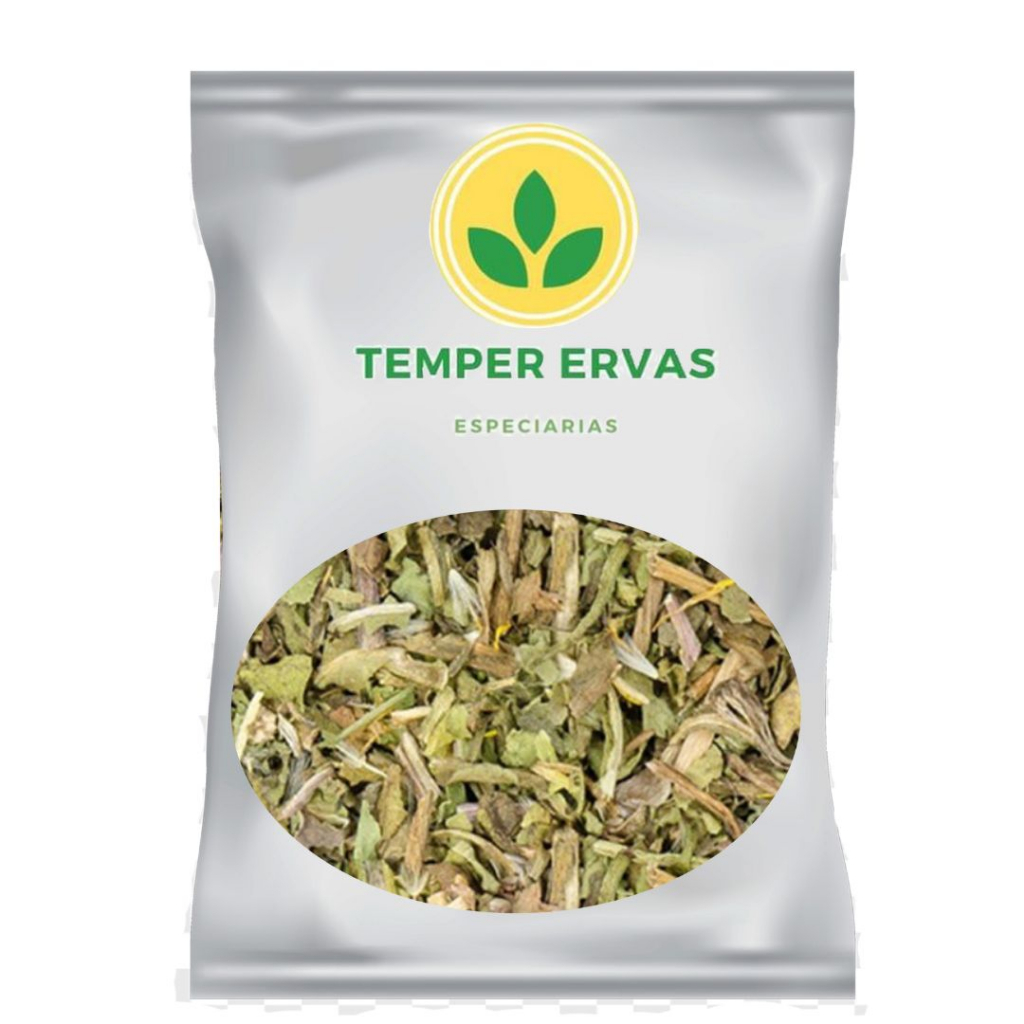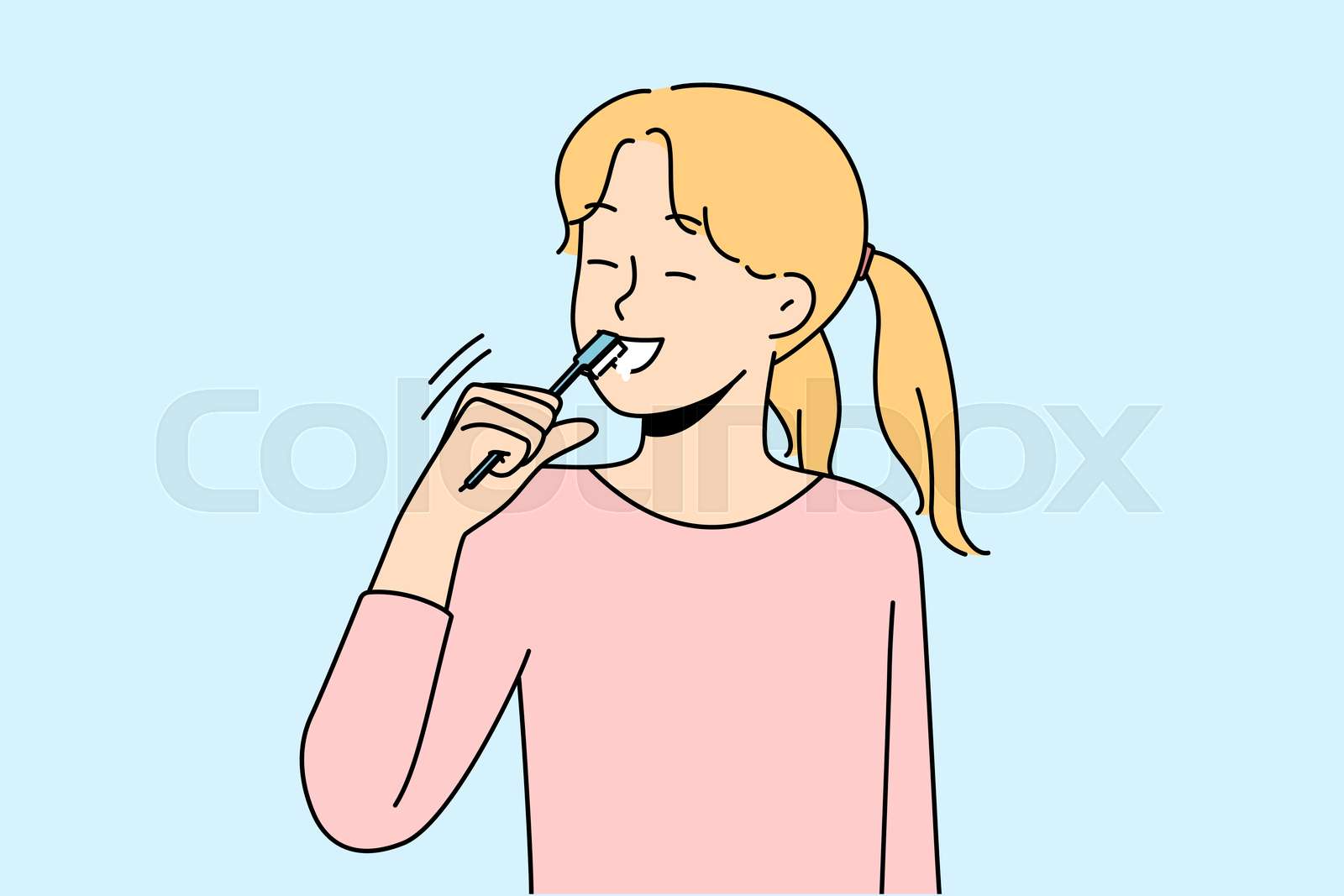How Soon Can I Eat After Filling? Safe Food Tips

The process of filling a cavity is a common dental procedure that many people undergo to restore their tooth’s structure and alleviate any associated pain or discomfort. Once the procedure is complete, it’s natural to wonder when you can eat again and what types of food are safe to consume. Understanding the guidelines for eating after a filling is crucial to ensure proper healing, prevent complications, and maintain oral health.
Immediate Post-Filling Period
Immediately after a filling, your dentist may advise you to wait for a certain period before eating. This waiting period can vary depending on the type of filling material used and the location of the filling in your mouth. For instance, if you’ve received a amalgam filling, you might be advised to wait until the anesthesia wears off to eat. This is primarily to prevent accidental bites to your cheek or tongue while they are numb. For composite fillings, which are tooth-colored, you can often eat sooner, but it’s still recommended to wait until the numbness has dissipated.
Choosing the Right Foods
After a dental filling, it’s essential to choose your foods wisely to avoid discomfort, damage to the filling, or infection. Here are some guidelines on what to eat and what to avoid:
Safe Foods
- Soft Foods: Opt for soft foods that don’t require much chewing. Examples include yogurt, mashed potatoes, scrambled eggs, and applesauce. These foods are gentle on your teeth and won’t dislodge or damage your new filling.
- Soups: Warm or cool soups can be very comforting and are easy to consume without putting too much pressure on your teeth. Avoid extremely hot soups as they can potentially hurt your tooth or the filling material.
- Smoothies and Juices: Liquids are easy to consume and can provide essential nutrients. However, be cautious with very cold or hot drinks to avoid sensitivity.
- Pasta and Cooked Rice: These are soft and easy to chew, making them good options for the first few days after your filling.
Foods to Avoid
- Hard or Sticky Foods: Avoid foods that are hard, sticky, or chewy, as they can dislodge the filling or cause it to crack. Examples include nuts, hard candy, caramels, and dried fruits.
- Hot or Cold Foods and Drinks: Extreme temperatures can cause sensitivity in the filled tooth. Try to avoid very hot or cold foods and drinks for a few days.
- Crunchy Foods: Foods like chips, raw carrots, and crunchy apples can be too harsh on your new filling and should be avoided initially.
Additional Tips for a Smooth Recovery
- Chew on the Opposite Side: If possible, try chewing your food on the side of your mouth opposite to where you got the filling. This reduces the pressure and stress on the filled tooth.
- Avoid Using Your Front Teeth: If your filling is in one of your front teeth, try to avoid biting or cutting food with these teeth for a while.
- Hydration: Stay hydrated by drinking plenty of water. This helps in keeping your mouth clean and aids in the healing process.
- Follow-Up Appointment: Attend your follow-up appointment as scheduled by your dentist. This is crucial for ensuring that the filling is healing properly and to address any concerns you may have.
Conclusion
Eating after a dental filling requires some caution to ensure the filling sets properly and to prevent any complications. By choosing the right foods, avoiding harmful substances, and following your dentist’s advice, you can have a smooth and comfortable recovery. Remember, if you experience any sensitivity, pain, or if the filling feels uneven, contact your dentist. They can provide personalized advice and treatment to address any issues related to your filling.


